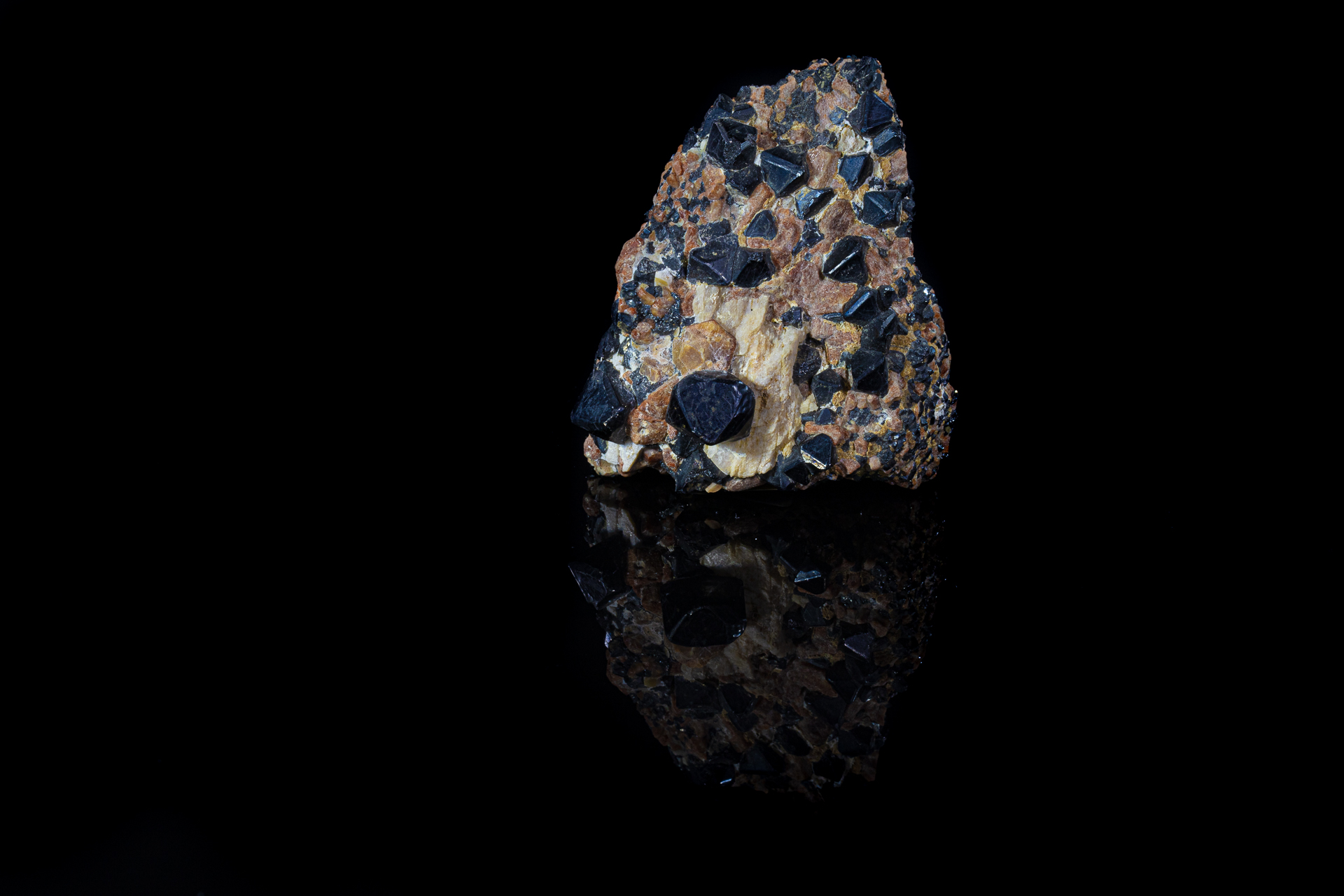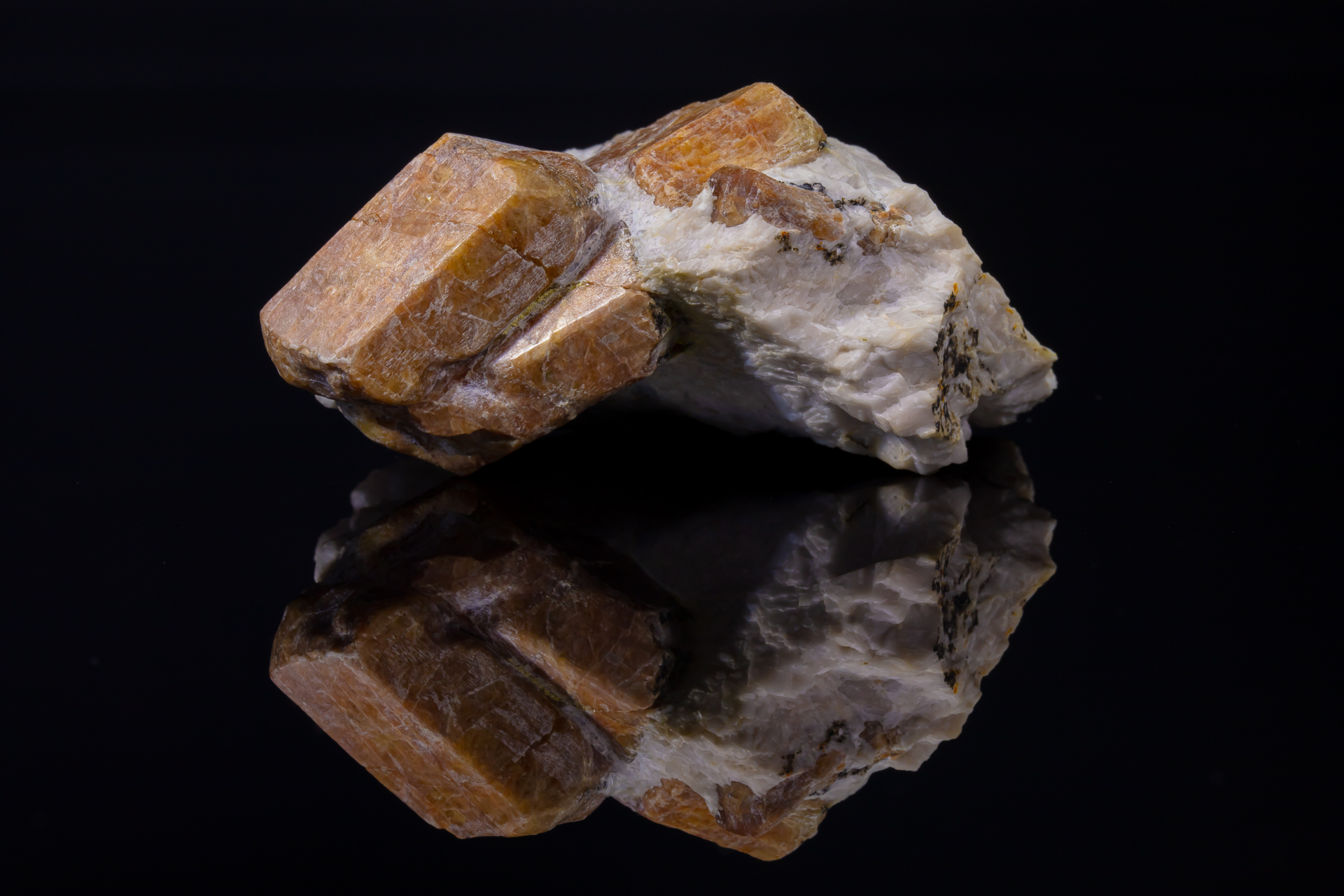Willemite
Formula: Zn2SiO4
Species: Silicates – (Nesosilicates)
Colour: Colorless, white, pastel green, apple-green, light blue, azure-blue, yellow, burgundy-red, brown, mahogany-brown, gray, black, pink
Lustre: Vitreous, Resinous
Hardness: 5½
Specific Gravity: 3.89 – 4.19
Crystal System: Trigonal
Member of: Phenakite Group
Name: Named in 1830 by Serve-Dieu Abailard “Armand” Lévy in honor of William I (Willem) (1772-1843), King (1813-1840) of the Netherlands, wherein the type locality was located at the time, in gratitude of having been granted Professorship at the University of Liège by the king (Lévy had been banished from France during the French Restoration). This species was previously discovered in 1825 and was identified as “siliceous oxyde of zinc” by Lardner Vanuxem and William Hypolitus Keating. At the time, “siliceous oxyde of zinc” was a synonym of electric calamine, now known as hemimorphite. Willemite and hemimorphite have about the same weight percentage of zinc and silica.
Type Locality: Altenberg Mine, Kelmis, Liège, Wallonia – Belgium
Crystals prismatic, both stout and slender, terminated by rhombohedra. Commonly tiny simple hexagonal prisms or radial tufts of acicular needles outside of the New Jersey occurrences. Coarse to finely granular, disseminated; in fibrous aggregates, botryoidal, and massive. A relatively common secondary zinc silicate in many Pb-Zn or Zn deposits which contain or contained sphalerite, from which it is commonly formed upon oxidation in a siliceous environment.





 Copyright Charles Camarda - www.camardavisualstudio.com
Copyright Charles Camarda - www.camardavisualstudio.com